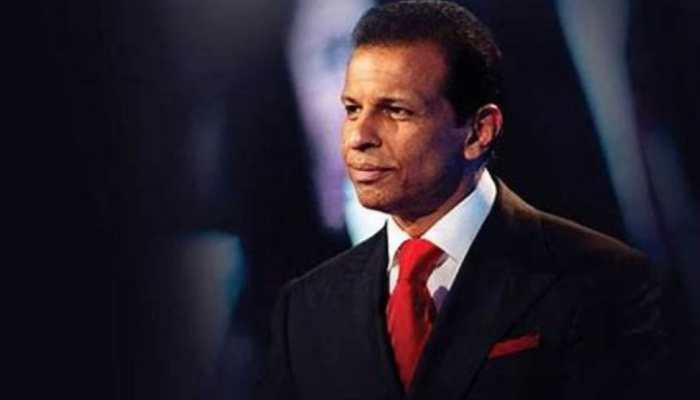With 44% women in local govt seats, India far ahead of developed economies
India leaves behind major developed economies such as France, UK, Germany, China and Japan in this regard.
- More than 44 per cent seats in local bodies in India are occupied by women
- Most Gulf countries rank far below when it comes to women representation in local bodies
- However, much remains to be done at the higher echelons
Trending Photos
) Pic Credit: File Photo
Pic Credit: File Photo India is the world’s largest democracy not just due to the colossal volume of electorate, but also because of the sheer penetration of democratic institutions to the grassroots level. The three-tier governance model has ensured equal participation of women and backward sections of society in policy making and implementation.
Today, more than 44 per cent seats in local bodies in India are occupied by women, show UN Women data. India leaves behind major developed economies such as France, UK, Germany, China and Japan in this regard. Most Gulf countries rank far below when it comes to women representation in local bodies.
With just 1.14 per cent women in local governance, Saudi Arabia fares worst among the 133 countries surveyed by UN Women. Iran, Oman, Lebanon, Syria and Turkey are the other Gulf countries with less than 10 per cent women representatives at the grassroots level. For Pakistan, the figure is 16.85 per cent.
In a decentralised democracy as India, laws here guarantee 33 per cent reservation for women in urban local bodies (ULBs) and panchayati raj institutions (PRIs). The 73rd and 74th Amendment Acts were adopted in 1992 to this effect. Some 20 states, including Bihar, Jharkhand, West Bengal, Rajasthan, Gujarat, Maharashtra, Karnataka and Kerala, have increased women reservation in PRIs to 50 per cent.
At present, India has over 2.5 lakh panchayats with 3.2 million representatives. Among them, a record 1.45 million are women, with around 86,000 even chairing these local bodies. Uttarakhand and Chhattisgarh rank the highest with 56 per cent and 54.8 per cent women representatives in panchayats, according to Press Information Bureau data. Dadra & Nagar Haveli and Jammu & Kashmir are at the bottom with 32 per cent and 33.2 per cent female representation in panchayats.
In absolute numbers, Uttar Pradesh (304,538) and Madhya Pradesh (196,490) have the highest women representatives at the panchayat level.
However, much remains to be done at the higher echelons.
India has only one woman chief minister at present – Mamata Banerjee in West Bengal. The 2019 Lok Sabha polls saw the highest number of women (78) being elected. But with only 14 per cent women in the lower House of Parliament, India is far below the global average of 25 per cent. The Narendra Modi government’s decision to appoint Draupadi Murmu as the President of India has been welcomed by all sections of society. Murmu is the first tribal woman to occupy the chair.
Stay informed on all the latest news, real-time breaking news updates, and follow all the important headlines in india news and world News on Zee News.
Live Tv







)
)
)
)
)
)
)
)
)
)
